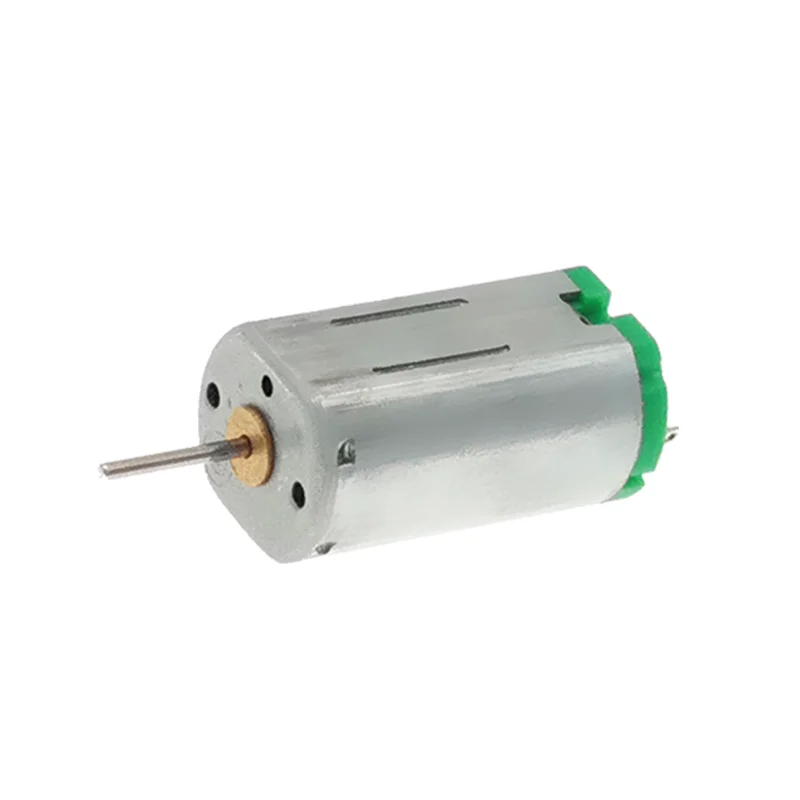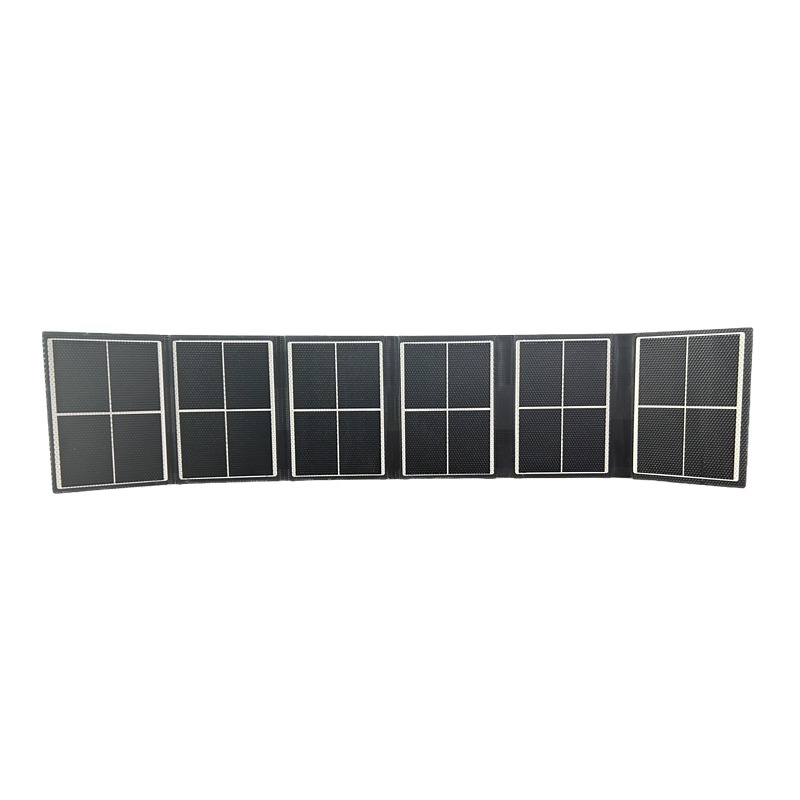
Power tools have revolutionized various industries, enabling faster and more efficient work. However, their usage also comes with inherent risks. To ensure both personal safety and optimal performance, it is crucial to understand and utilize the appropriate safety equipment. In this article, we will explore the essential safety equipment that must always be worn when using power tools, providing professional insights and practical advice.
- Eye Protection:
When operating power tools, eye protection is paramount. Flying debris, sparks, and dust particles can cause severe eye injuries. Safety glasses or goggles with side shields should be worn to shield the eyes from potential hazards. Additionally, consider using face shields for added protection during tasks that generate significant debris or involve chemicals. - Hearing Protection:
Power tools generate high levels of noise, which can lead to long-term hearing damage. To safeguard your hearing, wear earplugs or earmuffs specifically designed for noise reduction. This is particularly important when using tools such as drills, saws, or grinders that produce loud and continuous noise. - Respiratory Protection:
Many power tools produce fine dust, fumes, or airborne particles that can be harmful when inhaled. To prevent respiratory issues, wear a properly fitted respirator or dust mask. Ensure that the mask is suitable for the specific task and provides adequate filtration against the particles generated by the tool. - Hand and Arm Protection:
Power tools pose risks of cuts, abrasions, and burns to the hands and arms. Wearing appropriate gloves is essential to protect against these hazards. Choose gloves made from materials such as leather or cut-resistant fabrics, depending on the tool and task at hand. Additionally, consider using heat-resistant gloves when working with tools that generate heat, such as welding equipment. - Foot Protection:
To protect your feet from falling objects, heavy tools, or accidental slips, wear sturdy, closed-toe shoes or boots with slip-resistant soles. Steel-toed boots provide an extra layer of protection against crushing injuries. Avoid wearing sandals, flip-flops, or any open-toe footwear that leaves your feet vulnerable to potential hazards. - Clothing:
Wearing appropriate clothing is often overlooked but crucial for safety. Avoid loose-fitting attire that can get caught in moving parts of power tools. Opt for well-fitted clothing made from durable materials that can withstand potential snags, sparks, or minor impacts. Consider wearing long sleeves and pants to provide additional protection against cuts and abrasions.
Conclusion:
When using power tools, prioritizing safety is essential to prevent accidents and injuries. By wearing the appropriate safety equipment, such as eye protection, hearing protection, respiratory protection, gloves, sturdy footwear, and suitable clothing, you can significantly reduce the risks associated with power tool usage. Remember, investing in safety equipment is an investment in your well-being and productivity. Stay informed, stay protected, and enjoy the benefits of using power tools safely.



